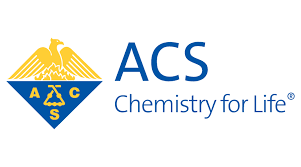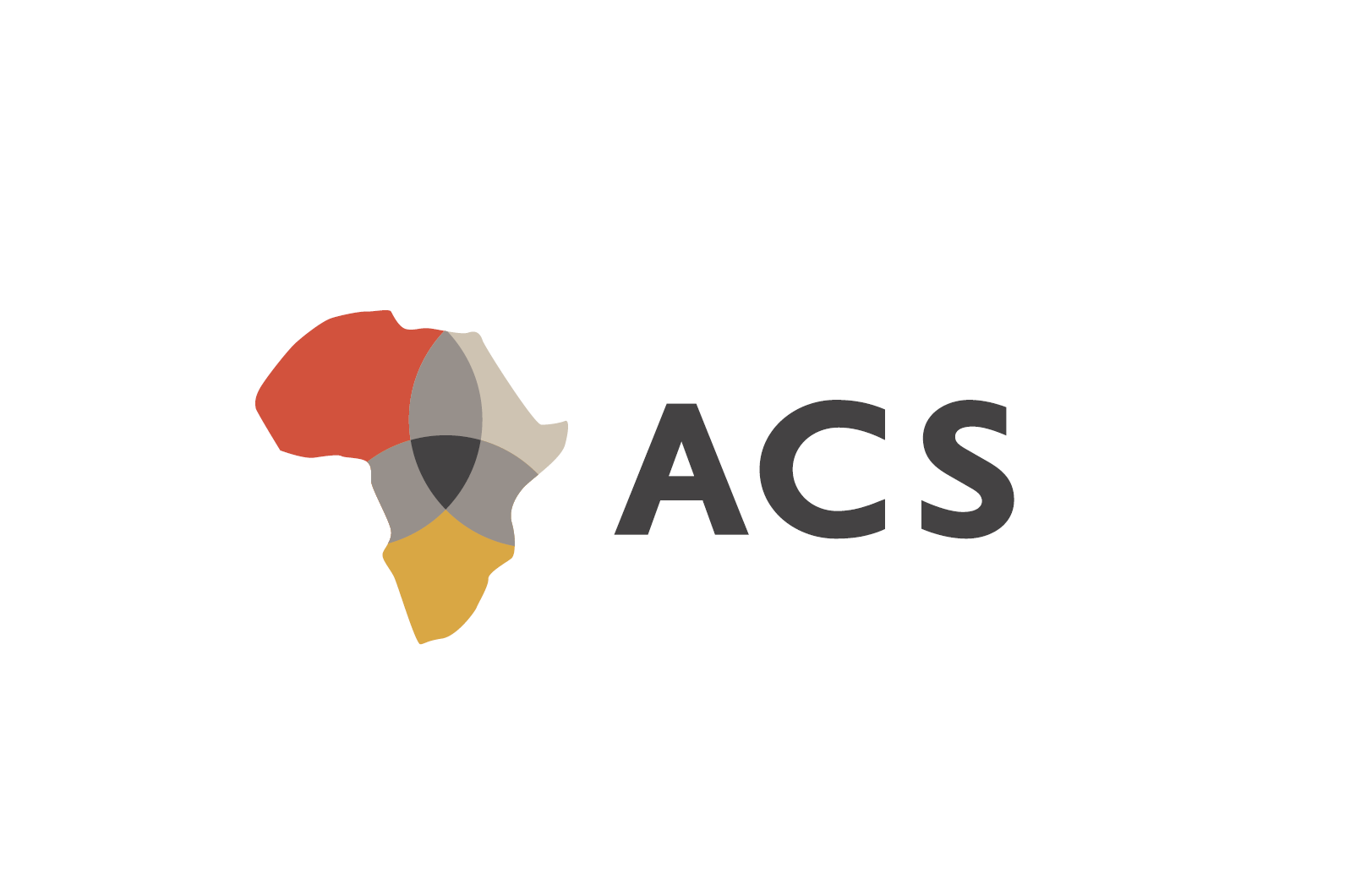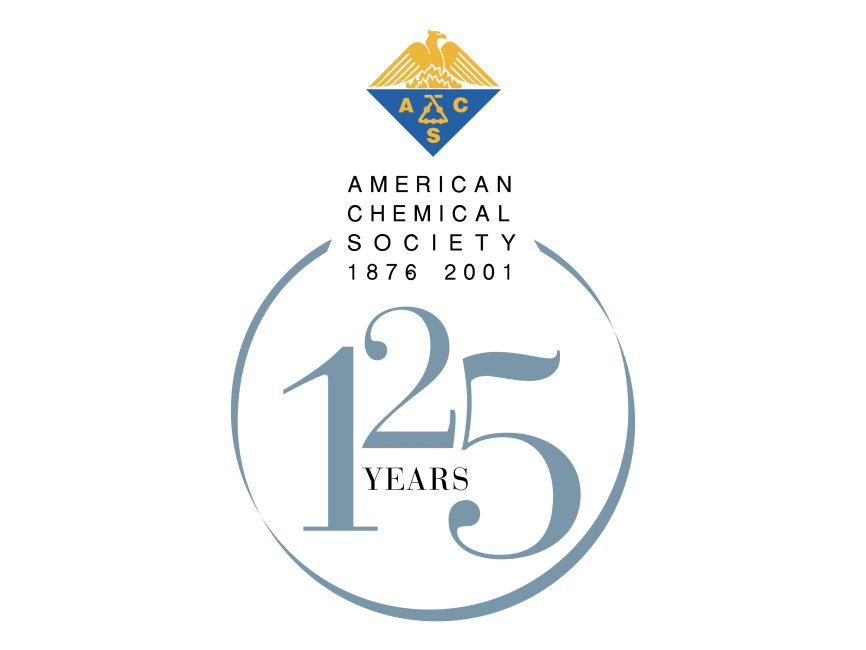ACSLogo


To fill colour inside any closed shape SETFC 255 150 175 FILL command is used.- for properly designing the fill command, we need to use Pen UP command PU. ACSLogo runs on Mac OSX. The current version (1.5) runs on Leopard (OSX 10.5) and above. At the time of writing, 'above! Is Snow Leopard (OSX 10.6), but it should run OK on the next few versions. There are older versions of ACSLogo on the website which will work with earlier versions of the Mac OS.
| ACSLogo | Photos | Links |
- This is a file from the Wikimedia Commons.Information from its description page there is shown below. Commons is a freely licensed media file repository.
- This is a file from the Wikimedia Commons.Information from its description page there is shown below. Commons is a freely licensed media file repository.
ACSLogo for OSX Version 1.6ACSLogo is a Logo Interpreter for Mac OS X. Logo is a popular language used to teach simple programming by guiding the progress of a ‘turtle’ which moves around a graphics screen. Despite Logo’s simplicity, complex pictures can be constructed, as the screenshot shows. A new version is available — 1.6.0.2 (December 2020). This version is required for macOS Catalina and should work in versions up to Big Sur. You can find out more about the program and download it for free from here. See more examples in bitmap or svg format. | |
GeogXPert for iPadGeogXPert for iPad is an app which lets you test your knowledge of countries and capitals by clicking on them in a map. Find out more about version 1.0 or see it on the iTunes store (June 2010). | |
GeogXPert for OSX 1.1GeogXPert for OSX is a free program which allows you to test your knowledge of countries and capital cities byclicking on them in a map. It runs in Mac OS X Leopard or above. This version has some small enhancements and bug fixes. More info. (August 2010). | |
WorldBounce for iPhoneWorldBounce demonstrates the iPhone’s accelerometer - tilting the iPhone causes a globe to roll and bounce off the ‘walls’. Read about version 1.0 (April 2010). | |
The <canvas> tag is a new standard for embedding vector graphics in html (it will be part of the HTML5 standard).Latest versions of Safari, Opera, and Firefox support it to various degrees. If your browser supports it, you will see an image on the left. I’ve been trying it out. | |
Punk Pics - Some pictures I took of various groups in the late 70s. |

Acs Logo Information Technology
Recently an ACS member asked me about the meaning and history of the various symbols in the ACS logo. I turned to a long-time member of the ACS, Frank Walworth (Assistant Secretary for Governance Affairs) for help. He gave the following explanation, which was lightly edited from his email of April 23, 2019. In response to the question about the 'first' ACS logo. Contrary to what is posited in http://www.acs-sacramento.org/what-is-that-the-symbols-in-the-acs-logo/ I have found no evidence in our files that ACS ever had a logo based specifically on the four triangles for Aristotle's elements. Perhaps the author conflates this with the logo for the Division of the History of Chemistry:
The ACS insignia (commonly referred to as a 'logo') dates back to 1908, when a special committee was appointed to consider a design. The committee solicited design suggestions from several companies, and one proposed by Tiffany & Co. was accepted, with some modifications. The logo was modified (with the Phoenix facing right as one views it), and stylized only once afterward, in 1987 (1). ACS logo, 1951 ACS logo, 2019
| ACS logo, 1951 | ACS logo, 2019 |
Kaliapparat (4)Terabyte at German Wikipedia |
| Justus von Liebig | Fritz Pregl |

Http://acslogos.com
(1) 'ACS Logo Updated,' Chem. Eng. News1987, 65(12), 85.
(2) Liebig, Justus von 'Ueber einen neuen Apparat zur Analyse organicher Korper, und die Zusammensetzung einiger organischen Substanzen,' Annalen der Physik1831, 21, 1-47. DOI: 10.1002/andp.18310970102.
(2) Liebig, Justus von Anleitung zur Analyse organischer Körper [Instruction for the Analysis of Organic Bodies], Braunschweig: Friedrich Vieweg und Sohn, 1837.
(4) 'Liebig, Justus von.' Complete Dictionary of Scientific Biography, vol. 8, Charles Scribner's Sons, 2008, pp. 329-350. Gale Virtual Reference Library, http://link.galegroup.com/apps/doc/CX2830902616/GVRL?u=uiuc_uc&sid=GVRL&xid=dada2986. Accessed 6 June 2019.
“Because of the unusually large molecular weights of the alkaloids, errors of the order of 1 percent in the determination of carbon could lead to incorrect empirical formulas. The solution, he [Liebig] thought, would be to make it possible to analyze larger amounts of the organic compound, just as he had done earlier for hydrogen. In order to achieve this, Liebig made a crucial technical innovation. In his apparatus the combustion gases passed through a tube containing calcium chloride, which absorbed the water vapor. Then they entered a tube bent into a triangle, with five bulbs blown into it. A caustic potash solution in this tube completely absorbed the carbonic acid. He could then simply weigh the increase in the weight of the tube and dispense with the collection of gases pneumatically for non-nitrogenous compounds. He could now analyze in one operation ten times the amount of organic compound as by the older methods. In addition he made a number of small refinements, resulting in a much simplified, reliable procedure that soon became standard. ”
Thanks to Dan Rabinovich for all images of stamps.
Acslogo Tutorial
Some additional information: Image of an ACS 75th Anniversary US Stamp showing left facing phoenix(jpg) - 1951 (courtesy of Dan Rabinovich) Image of a souvenir card (or 'maximum card' in philatelic parlance) prepared in 1951 on the day the ACS 75th anniversary stamp was issued, which shows the old ACS logo (courtesy of Dan Rabinovich) Image of Liebig stamp and his kaliapparat (pdf format; ppt format) (courtesy of Dan Rabinovich) Sara Everts, 'A Most Important Artifact,' Chem. Eng. News2015, 93(35), 46-47. Trademark registrations show the right-facing phoenix was part of the trademark in 1978. Melvyn C. Usselman, Christina Reinhart, Kelly Foulser, Alan J. Rocke 'Restaging Liebig: A Study in the Replication of Experiments,' Annals of Science2005, 62(1), 1-55. DOI: 10.1080/00033790410001711922 Andrea Sella 'Classic Kit: Liegbig's Kaliapparat,' Chemistry World2009, 6(9), 69.
